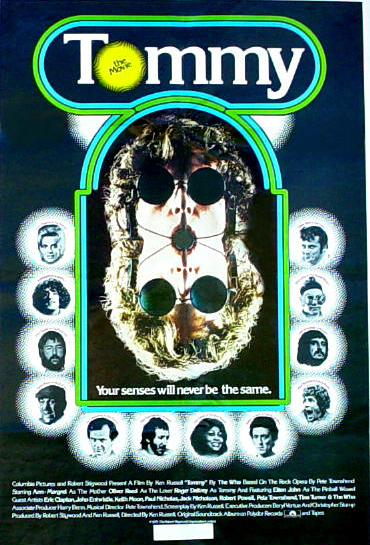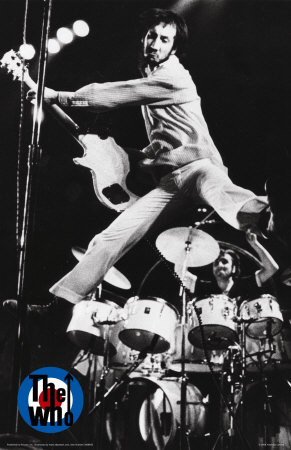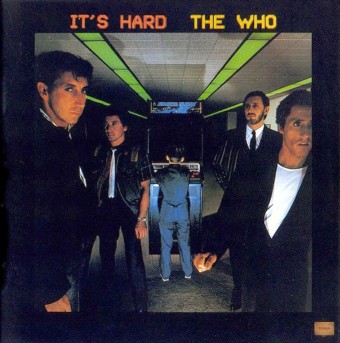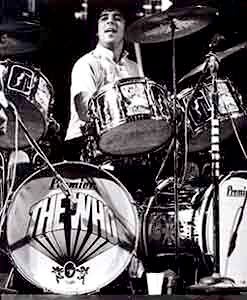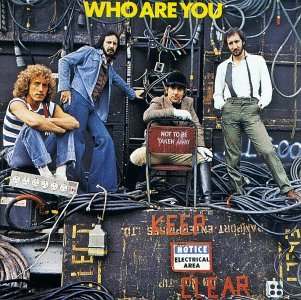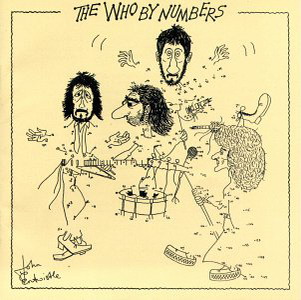
"The Kids Are Alright" Was Directed By Super-fan Jeff Stein. Its Theatrical Release Was In 1979.
The music of The Who came from them being one of the truly unique ensembles in the history of music. If there was ever a band with a million tales to tell, it was them. The way those guys were together and constantly at odds was something that their music did not necessarily convey, until one (correctly) interpreted the outrageous volume as a telltale of bottled emotions and anger. But there was also enormous love and belief lying at the heart of it all. And that was something which just had to be told.
“The Kids Are Alright” (1979) was assembled with that objective in mind. The idea was to show what made the band so distinctive, and why it was that their fans were so loyal. The movie itself (directed by a then-young Jeff Stein, and released shortly after Keith Moon died) achieved that aim, but only in a certain sense: it captured their offstage irreverence in full flight by the inclusion of interviews and specials that were shot through the years. Continue reading

